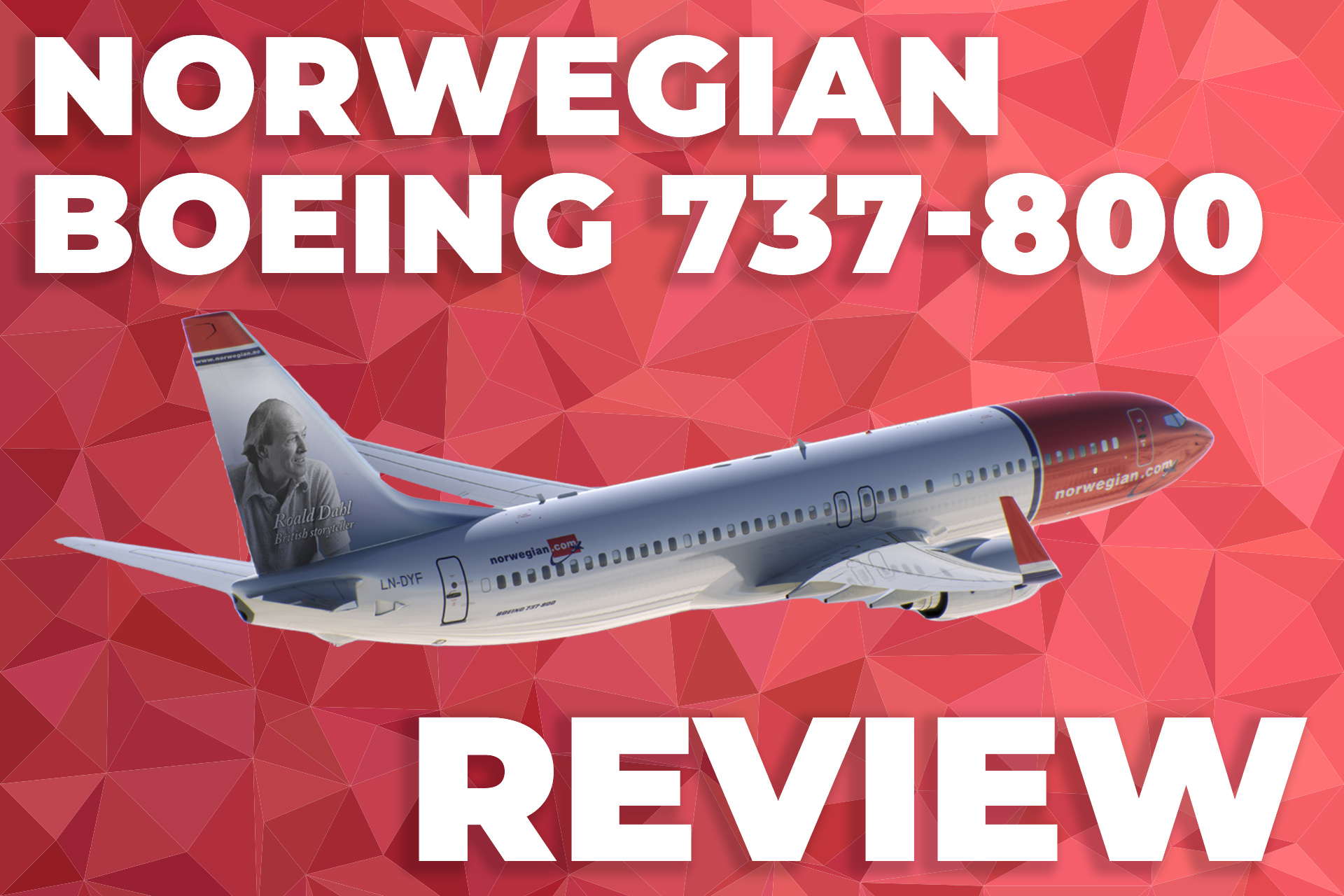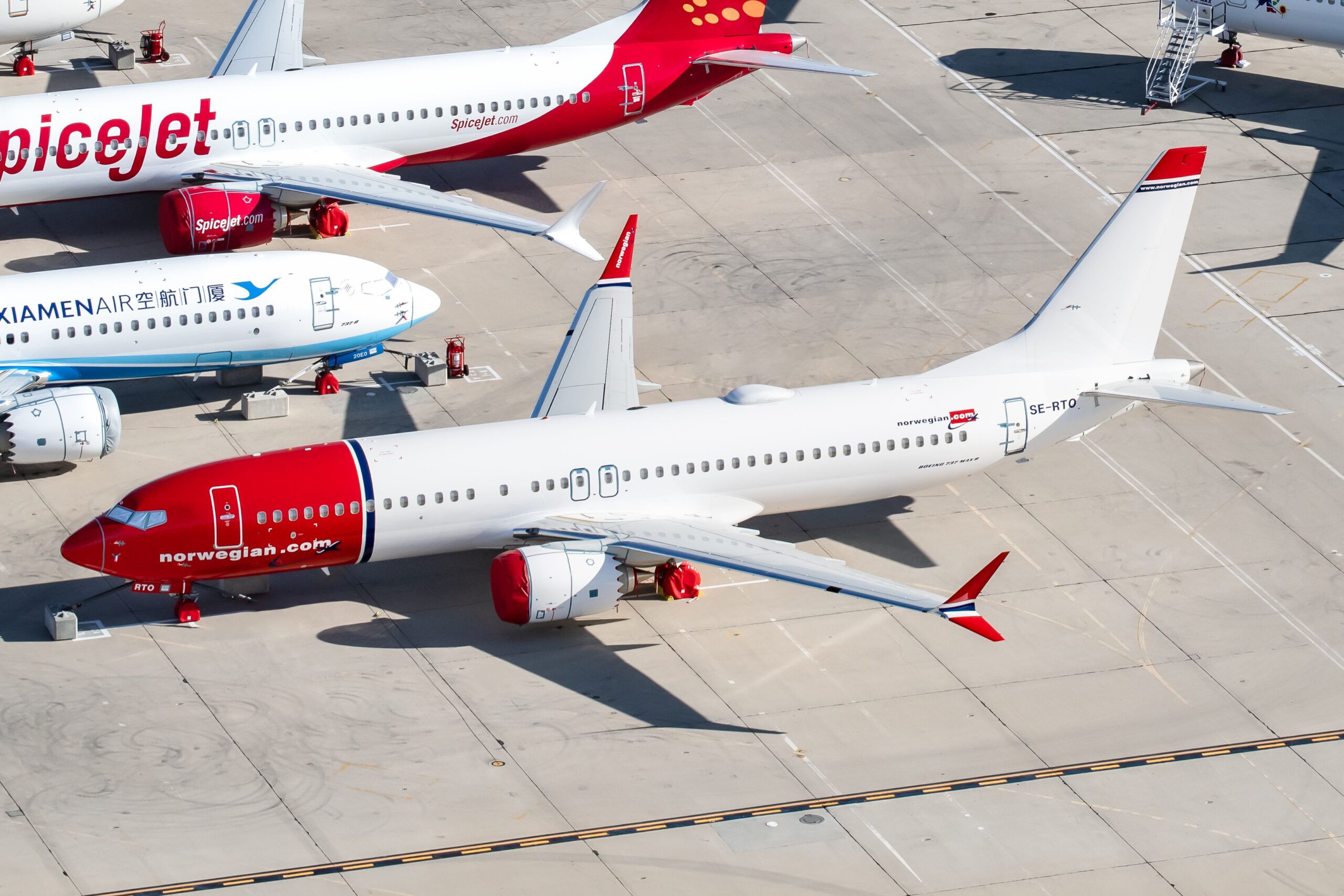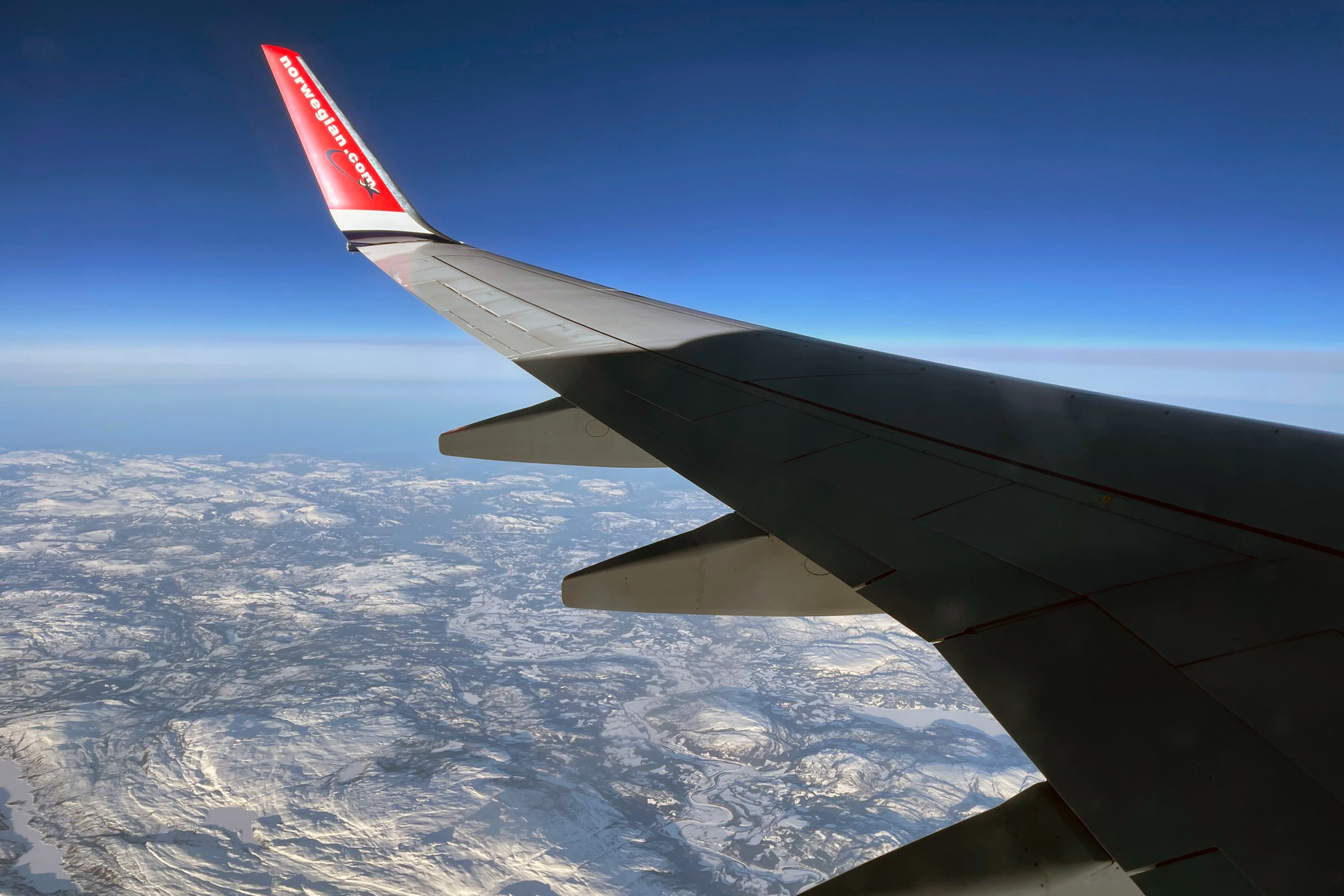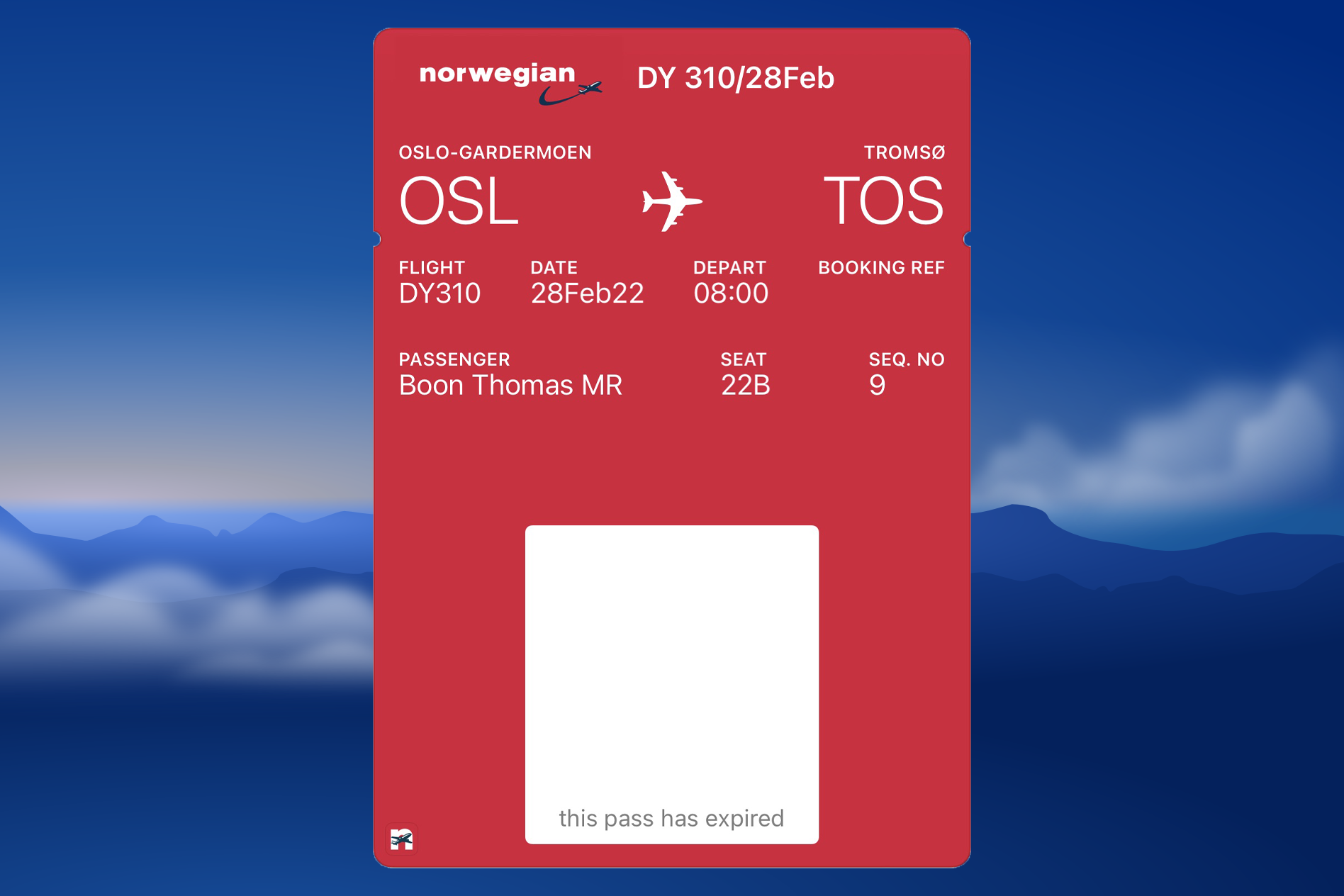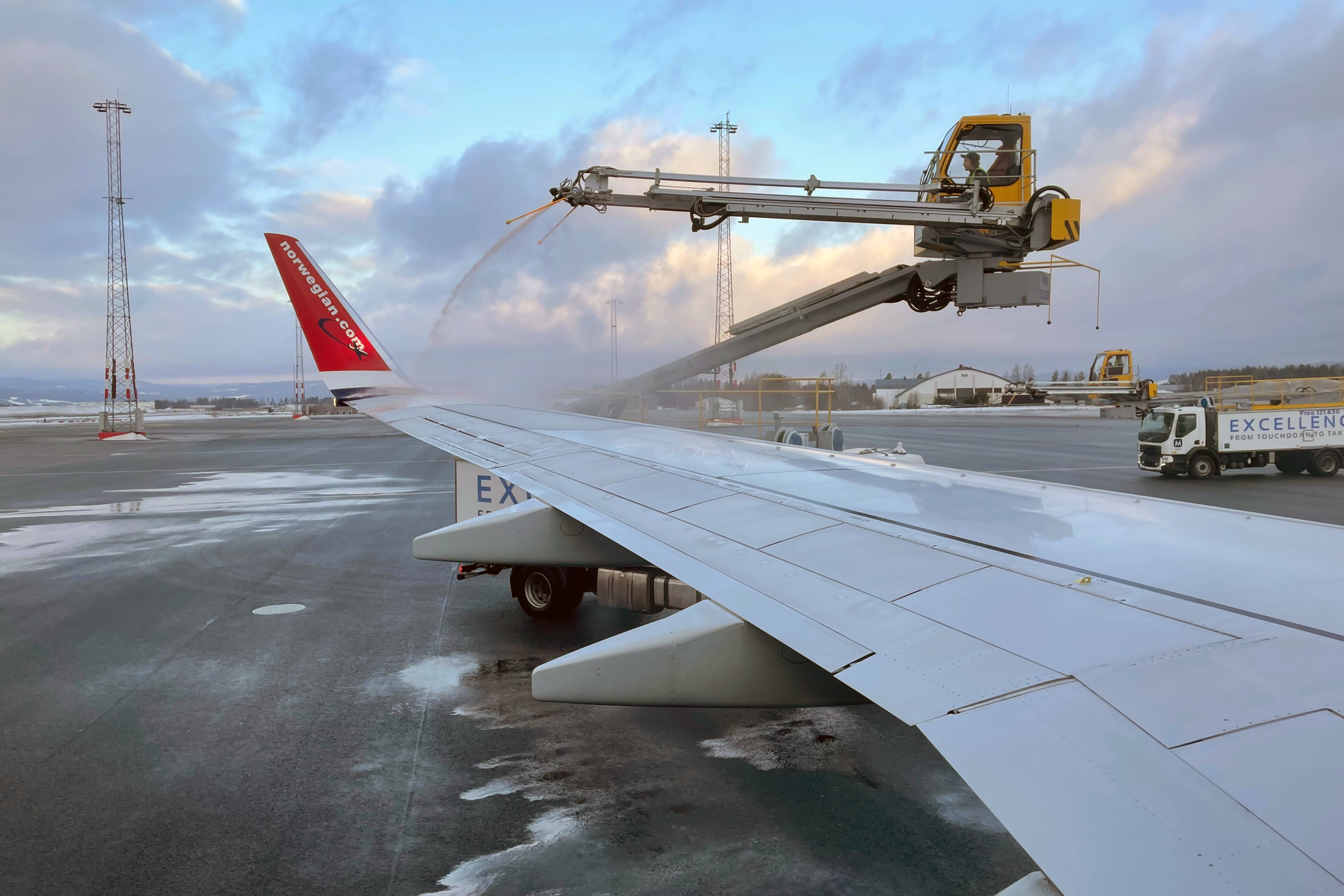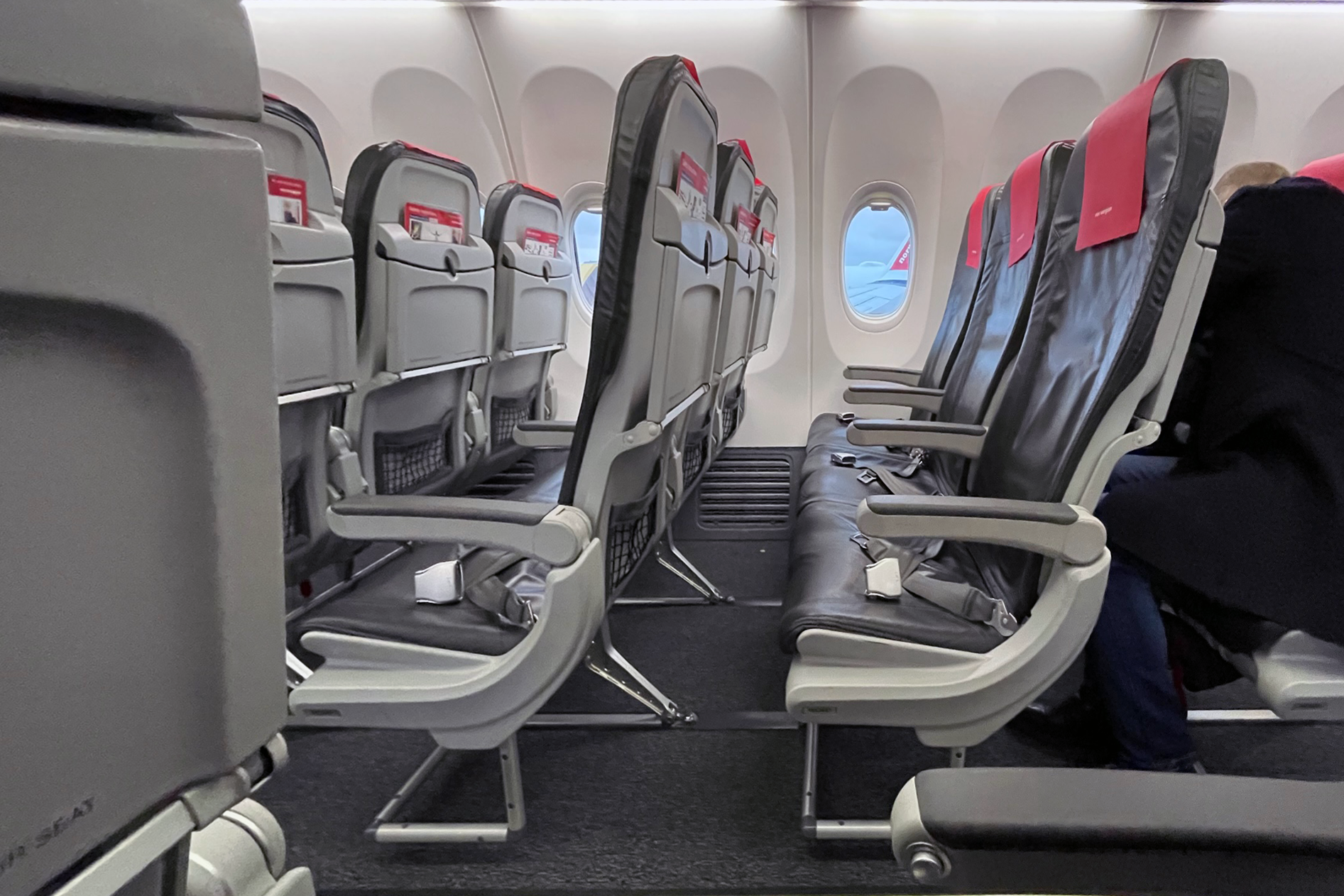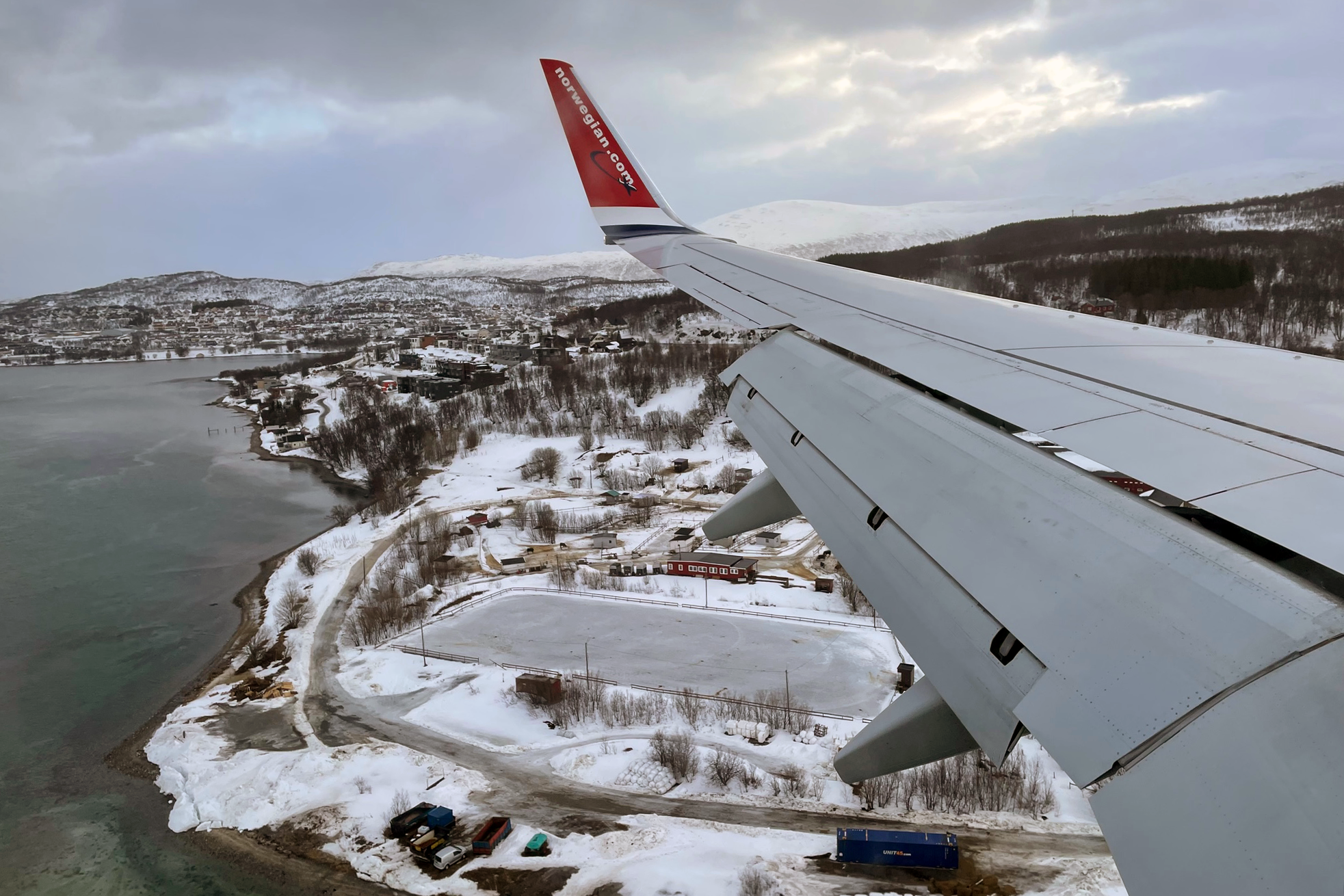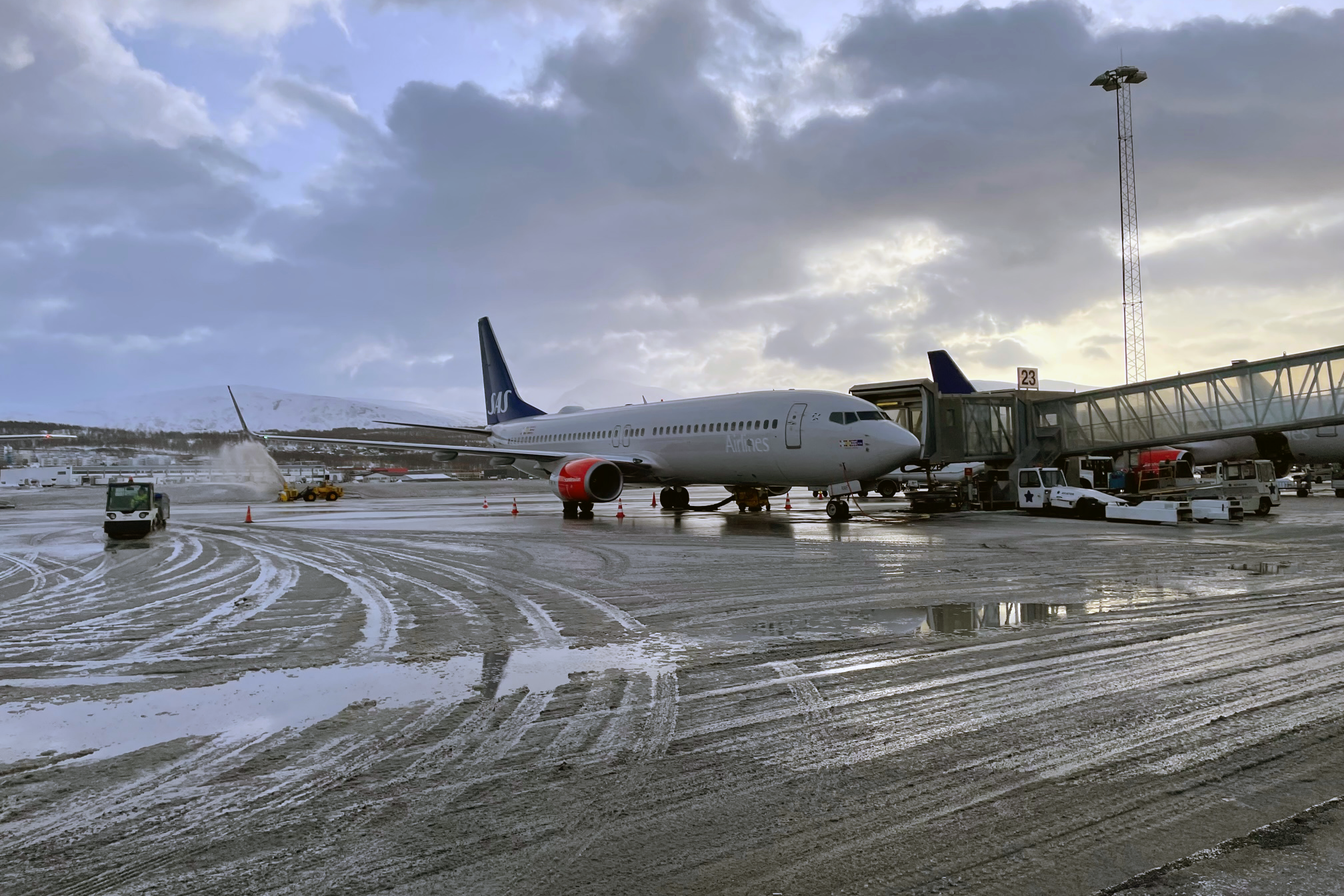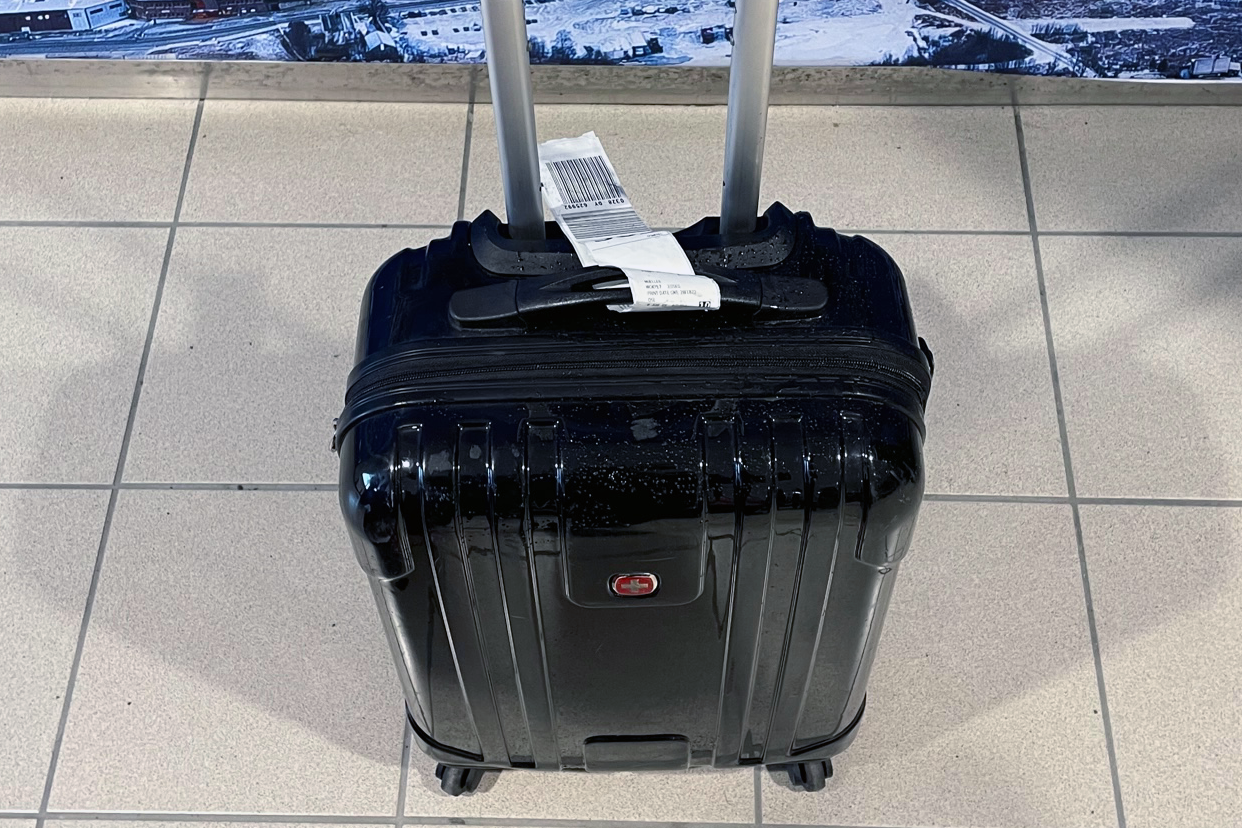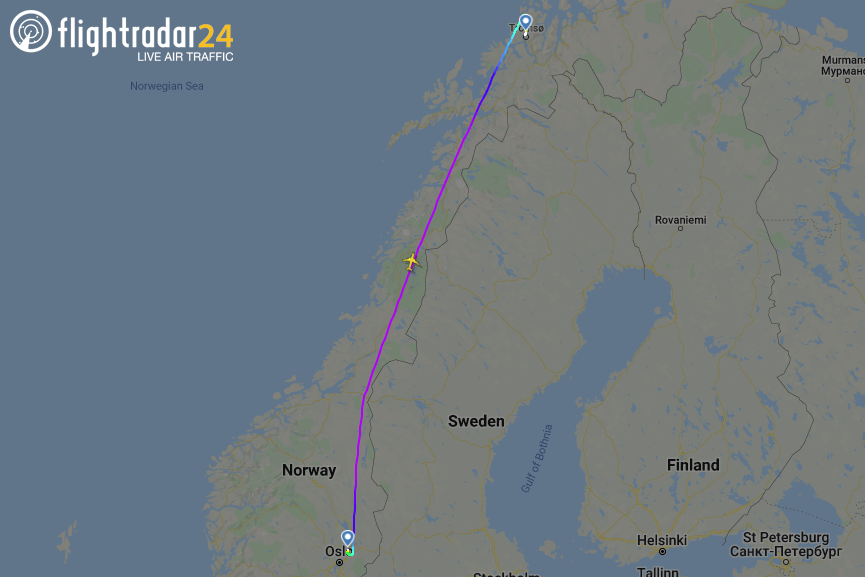For the second part of my vacation, it was necessary to fly north from Oslo to the coastal settlement of Tromsø. Several carriers offered the route, with Flyr being my preferred option. After calls of “you shouldn’t pick the flight because of the airline” from my partner, we instead opted to book the early morning Norwegian Airlines service.
While Norwegian looked to be in trouble a couple of years ago, going back to basics appears to have been a good move for the airline. The most surprising thing about the flight was its length, or rather the length of Norway, with a flight time on par with our previous service from Munich to Oslo.
Booking the flight
Norwegian Airlines operates as a low-cost carrier. This means that the airline’s fares are low, but additional revenue is made from upselling additional services.
We had packed clothing suitable for the climate and activities in Tromsø, which meant that we required luggage. Instead of booking the flight and luggage separately, which can save costs on some low-cost carriers, we opted for Norwegian’s LowFare+ fare. This included our baggage, an overhead bag (which we didn't use), and also allowed us to reserve seats on the flight ahead of time.
All in all, our booking for two people came in at €153.74 ($159.56). This was the cheapest fare between the two cities, possibly reflected by the time of the flight. I had hoped to fly with Flyr, who offered fares for the same price, but the time didn’t suit our itinerary. SAS was also offering non-stop flights on the route, while Widerøe was offering a connecting itinerary.
At the airport
To get to the airport, we took the regional train. Despite the early hour, this train was already fairly busy. It should be noted that, unlike the Airport Express, this far cheaper train started before Oslo Central station and continued beyond Oslo Airport.
To check in, I downloaded the Norwegian Airlines app. While the app seems not to be correctly formatted for the latest iPhones, I was able to add my booking and check-in with little fuss. This allowed me to generate boarding passes that I swiftly added to my Apple Wallet.
Having arrived at the airport, most airlines directed passengers to self-check their luggage by printing tags on a self-service machine. I scanned our boarding pass, and for whatever reason, the device didn’t want to issue luggage tags (this would become a common theme of the trip). I had to proceed to a staffed desk, where I was challenged for “not using the self-bag-drop facilities”.
New check-in staff were being trained at the check-in desk, which meant that the process took somewhat longer than usual. Eventually, we dropped the two bags and proceeded to the security check.
Navigating the airport
The queue for the airport's security check was chaos. Firstly, it exceeded far beyond the physical queue barriers placed. The line approaches a row of gates where passengers scan their boarding pass to enter the airside area.
After this step, the queue leaves sideways the way it came. This meant that everybody essentially wanted to use the first couple of gates to skip part of the queue.
Additionally, people were scanning boarding passes faster than the queue was dissipating. This meant that the area behind the gates was full. However, people were still scanning boarding passes and cramming in the area to ensure the gate didn’t close before they could pass through. After this point, the queue snaked significantly further, though due to a lack of fast-track passengers, we were invited to leave near the beginning to use that empty security check lane.
The bins at Oslo Airport were all labeled as having germ-killing capabilities. They were also huge, meaning just a couple were enough for a traveler with coats, laptops, liquids, etc.
Once we had cleared the security check, we decided to proceed straight to the gate, hoping that we would pass a decent-looking coffee shop en route. Unfortunately, there was nothing that didn’t resemble an overpriced Airport coffee shop.
Our flight departed from Gates 16-18, some of the furthest gates from the central terminal area. Once we reached the end of the domestic pier, signs directed us down an escalator. To my horror, we were at a bus gate.
Boarding was called in three separate groups. All groups were placed on the same bus, which seemed to render the idea of paying for priority boarding (a service offered by Norwegian) invalid. We ended up onboard the aircraft faster than some people who had paid for this. First on the bus is equal to last off the bus. We were treated to an airside tour while driving to the plane parked on the other side of the airport.
The flight
Despite not rushing to check in as it opened, we received the sequence numbers 9 and 10. Upon boarding the flight, it was clear why. The aircraft seemed at most around 40% full. This meant that we actually had the whole row to ourselves.
There’s not much to be said about the seats on the Norwegian Boeing 737-800. They were the standard 3-3 with a decent amount of legroom. Norwegian offers seat-back pockets, unlike some other low-cost carriers that seek to cut cleaning times and costs.
The staff onboard the flight were incredibly friendly and seemed as though they genuinely wanted all passengers to feel well catered for. As mentioned in the last trip report of this series, masks are no longer mandatory in Norway, extending to domestic flights. The cabin crew seemed happy not to wear a mask on the flight, though I chose to wear mine.
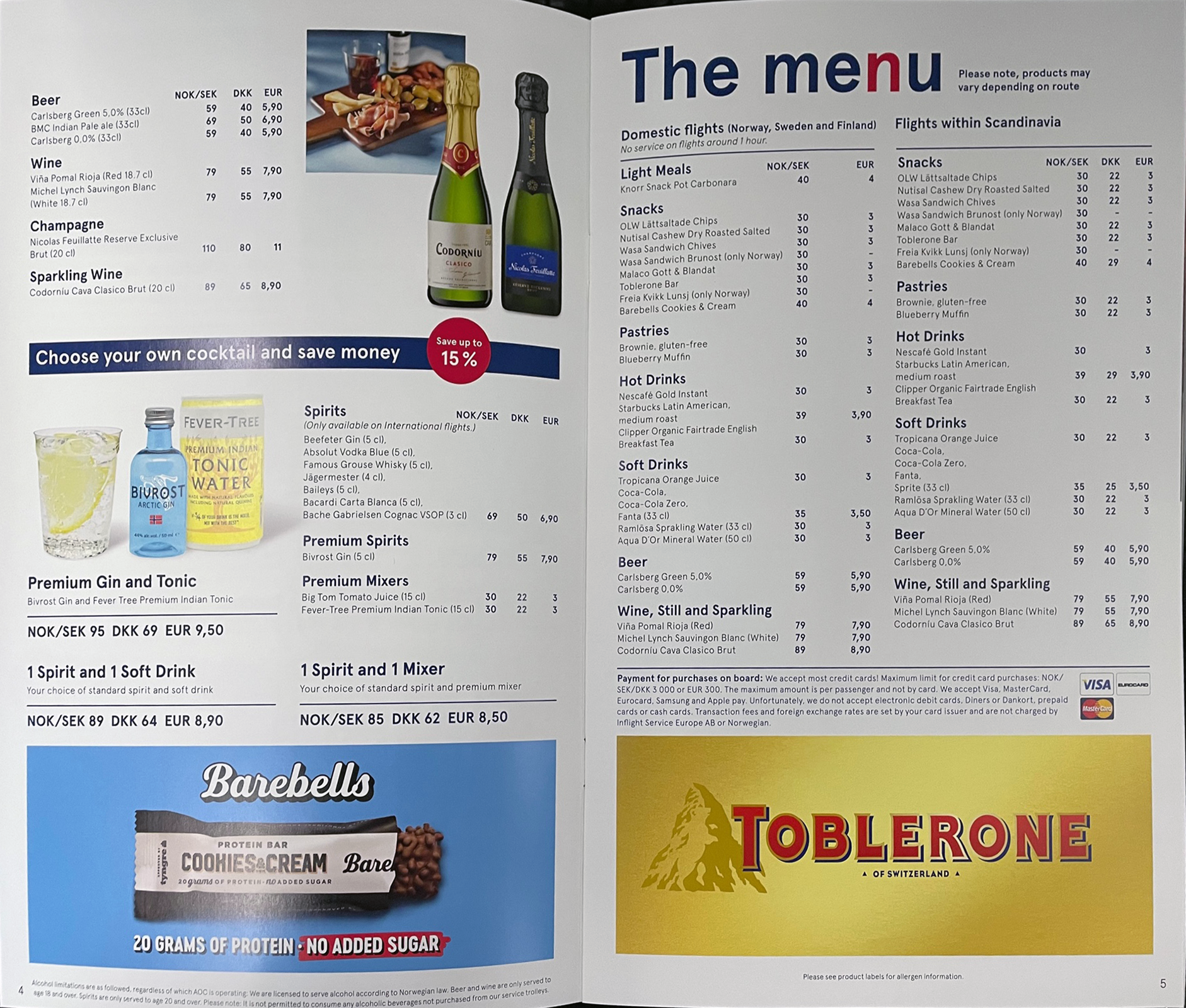
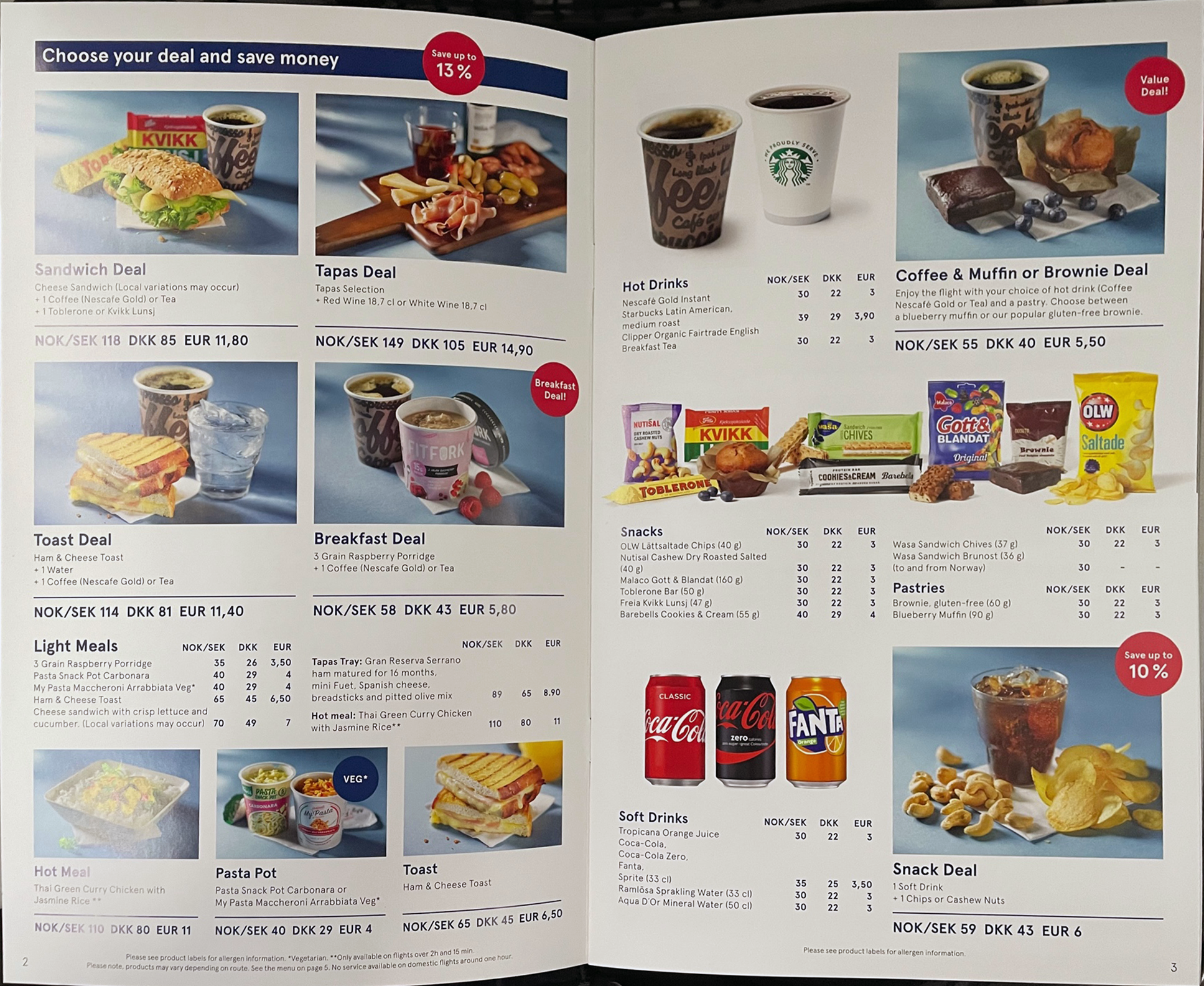
While Norwegian offers catering on flights, the low-cost nature of the airline means that passengers have to pay for this service. We hadn’t had breakfast yet, so I was keen to eat something on the flight. The menu card showed a range of meals and deals. I opted to purchase the “Toast Deal”, which contains a Ham and Cheese toastie, a hot drink, and a soft drink for NOK 114 (€11:40/$11.83).
A crew member informed me that the airline didn’t offer such delicacies onboard domestic flights as I ordered the meal. The best that I could purchase was a pot of instant pasta and a cup of coffee. This set me back NOK 140 (€14.00/$14.53). While it’s not what you’d expect for breakfast, I can’t complain about the taste of Knorr’s Carbonara Pasta Snack Pot. The coffee was nothing to write home about, though it did the job. In fact, I almost enjoyed drinking the liquid left in the pasta pot more.
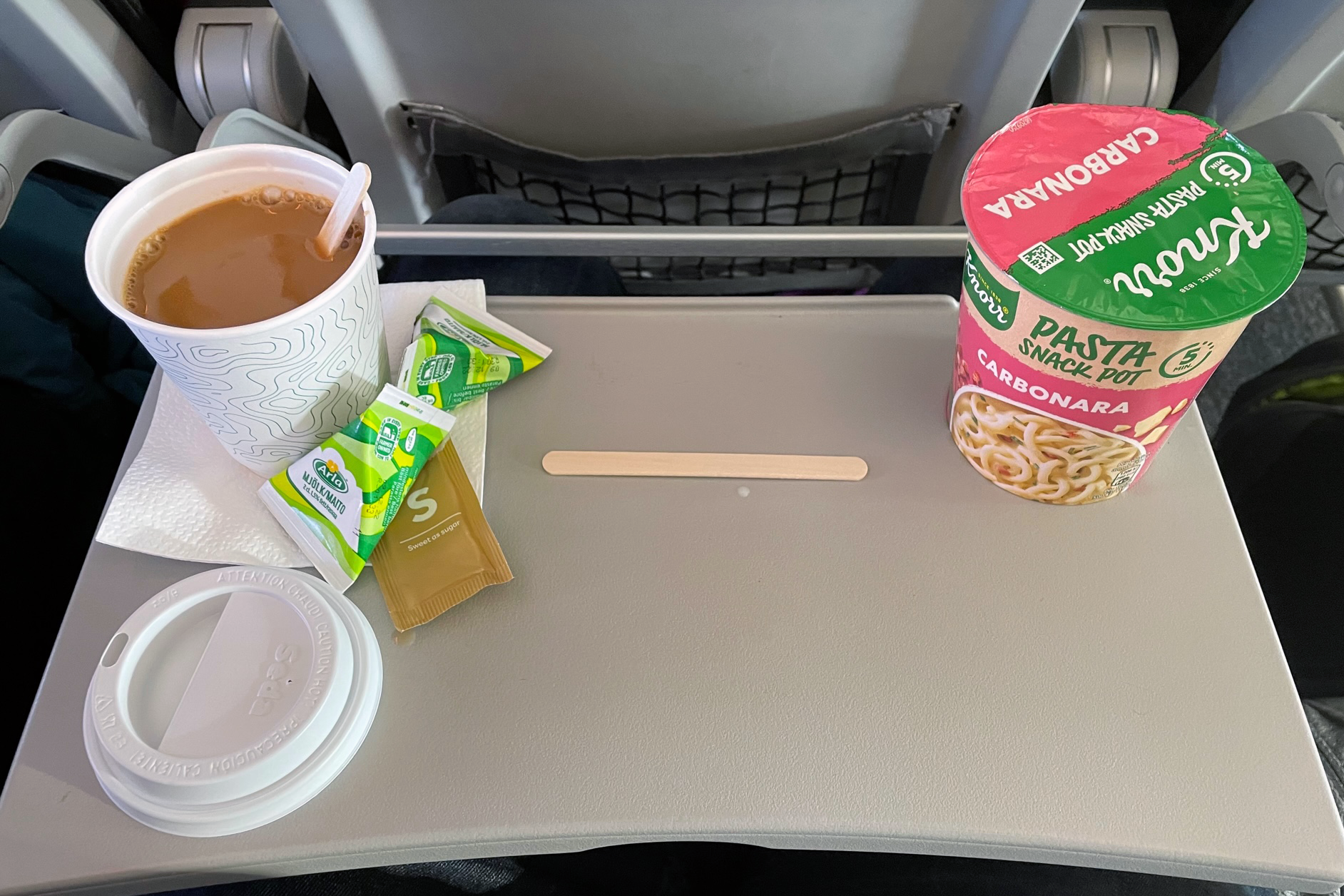
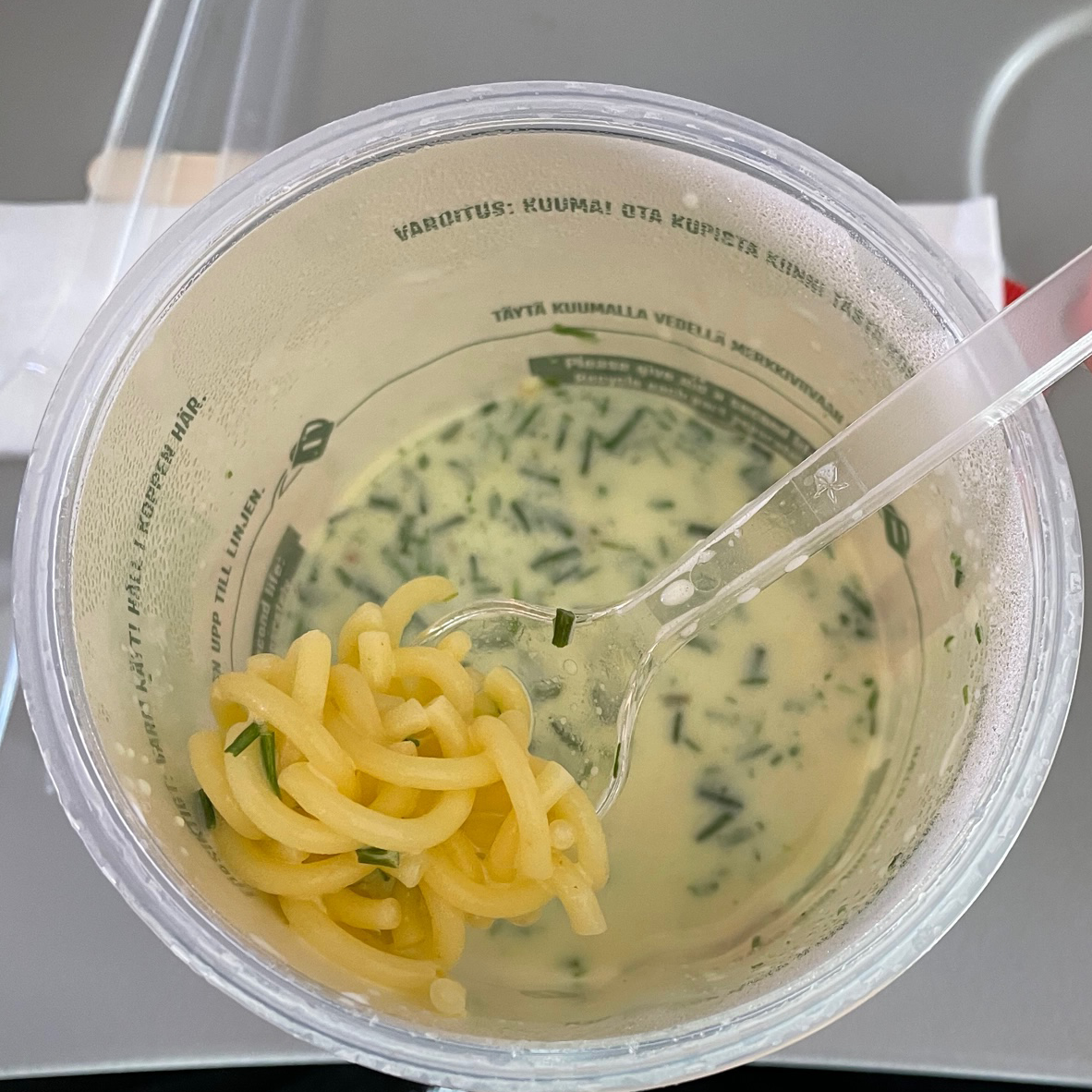
Before we knew it, the aircraft was descending towards Tromsø airport, where we landed at 09:58. The landing seemed a little rough, though gentler than some other landings I have experienced on low-cost carriers’ Boeing 737s.
Arriving at Tromsø Airport
After landing at Tromsø airport, we had an incredibly short taxi. It turned out that the flight also had a bus gate at this stop. Interestingly, the flight didn’t end in Tromsø. Instead, it continued for another three-quarters of an hour to Kirkenes (KKN). The crew instructed those whose journey didn’t end here to stay on the flight. It seemed that fewer than half of the passengers remained aboard the aircraft.
The bus drove us to the small terminal. Tromsø has a mixed departure and arrival area. Having stepped off the bus, we had to walk upstairs to the main departure area before descending into the arrivals zone. As this was a domestic flight, there were no checks on arrival.
The airport only had two small baggage belts, and it seemed as though the whole world was waiting for them. Thankfully, our bags came incredibly quickly. Unfortunately, our hardshell case was covered in dirty water. As we landed, we saw that the airport was covered with a layer of water that crews were desperately trying to clear. It seems that this is what ended up on our case. Thankfully, our softshell case was OK.
In general, I wouldn’t rate Tromsø Airport highly. At present, the facility is tiny, and it shows. There are signs of improvement with a brand new terminal area under construction, though, for the time being, the airport doesn’t seem suited to the number of tourists that it serves.
Traveling into the town
There was a short walk out to the public area, having taken our bags. There was a lengthy queue for taxis, but the airport express bus had also just arrived. We boarded the airport express bus, where we paid 360NOK (€36.00/$37.38) for two return tickets to Tromsø.
The bus took around 15 minutes, driving straight through the middle of the hill separating the two sides of the island. This airport express bus stops at all the main hotels in the town. Given its low price tied with convenience, I would recommend this service over taking a taxi to and from the airport.
The flight details
LN-ENR operated flight DY310 on February 28th, 2022. The aircraft was due to depart Olso (OSL) at 08:00, arriving in Tromsø at 09:55. The flight actually left at 08:17 and arrived 01h42m later at 09:58, according to data from FlightRadar24.com. According to ch-aviation.com, LN-ENR is a 4.4-year-old Boeing 737-800 that first flew on December 20th, 2017. The aircraft, owned by Chishima Real Estate, is listed by the portal with a current market value of €30.62 million.
Have you flown into Tromsø Airport? What were your thoughts? Let us know what you think and why in the comments!

